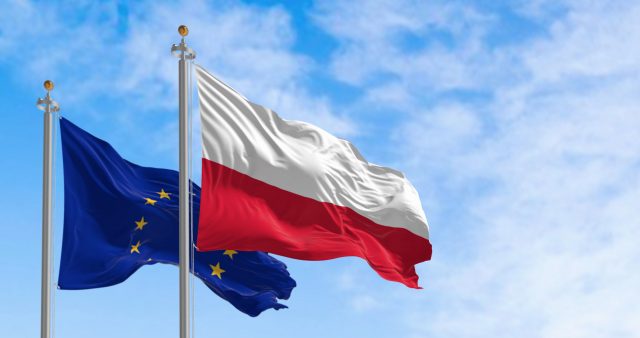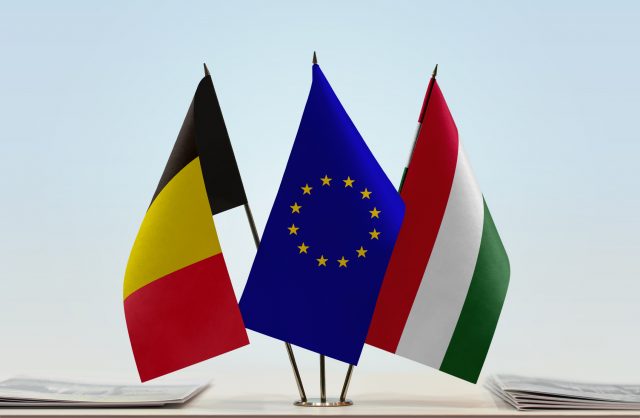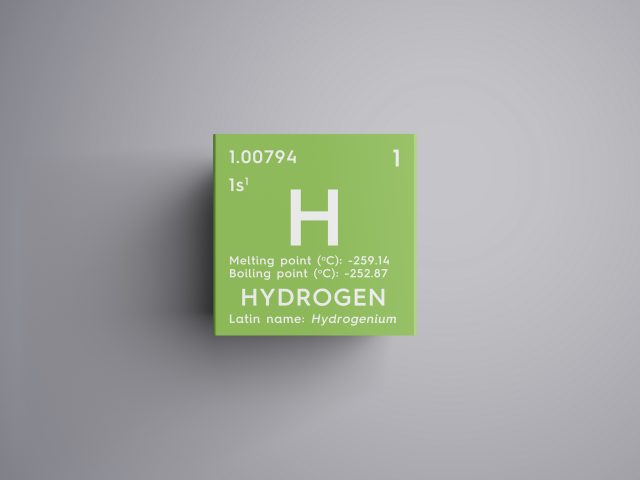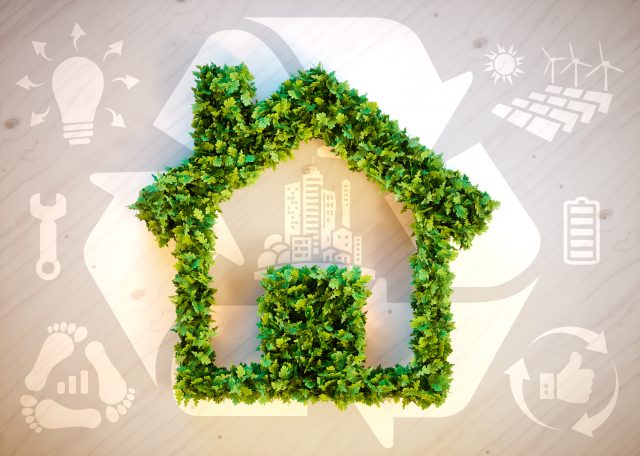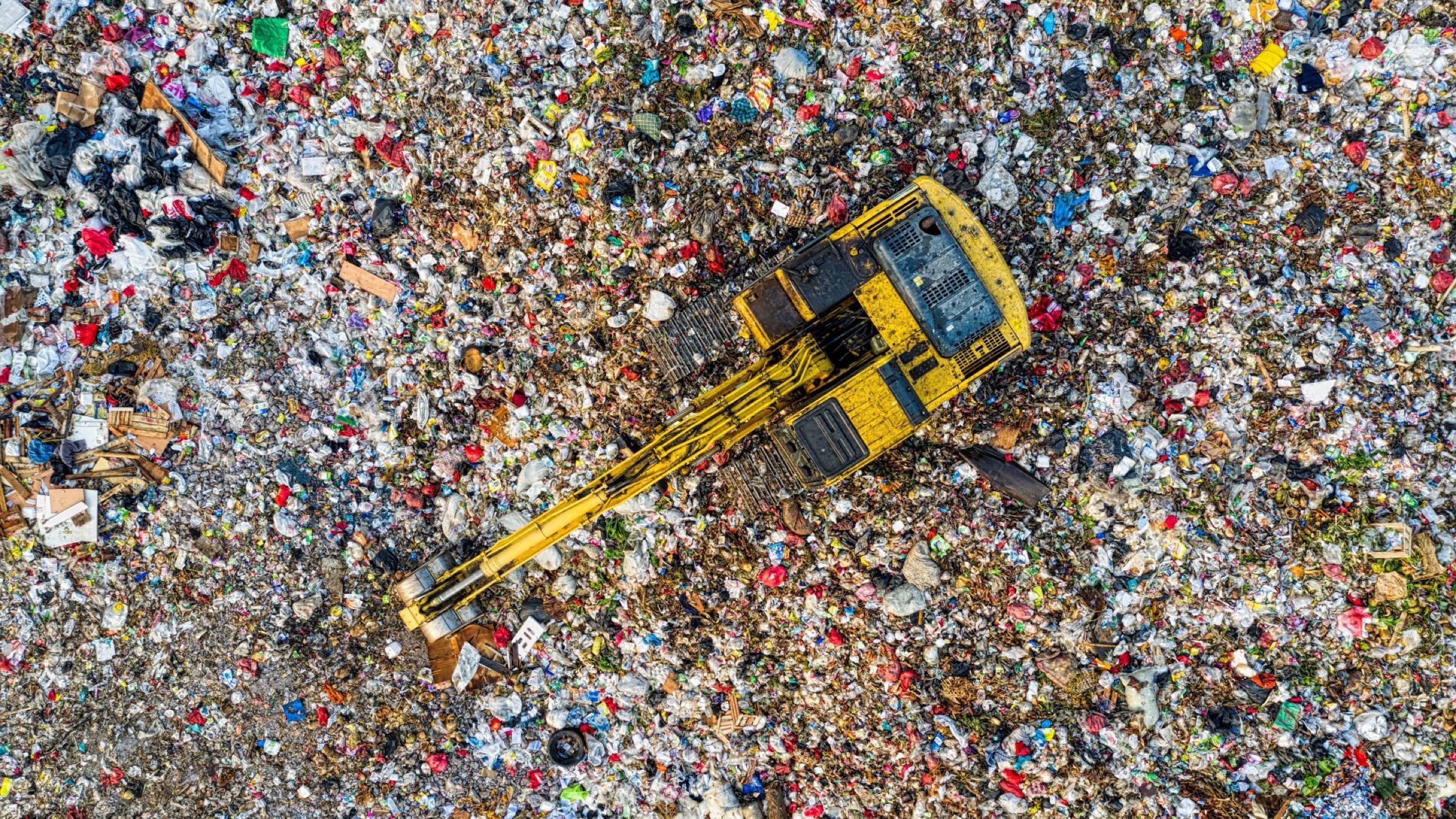
circular economy
Straight ahead towards the circular economy
In 2019, the European Commission (EC) announced the full completion of its 2015 Circular Economy Action Plan.
The success prompted discussions on a follow-up plan, for example in the European Council, which Ursula von der Leyen included in her European Green Deal presented in December 2019. The new program might prove a continuing favourite following the lukewarm reception of the European Climate Law of 4 March and the Industrial Strategy of 10 March.
In the presentation of the Action Plan, Commissioner Sinkevičius announced that its purpose is to replace the linear model of economic growth with a circular one. It intends to reach this objective in three ways:
- First, a set of actions around specific “key product value chains”. Of particular interest here are the proposals regarding the battery value chain – the Commission’s foster child, or the construction and buildings – one of the so-called ‘harder-to-abate’ sectors;
- Second, more ambitious benchmarks regarding waste policy;
- Third, the overhaul of our policy framework to embed circularity principles in the lifecycle of products from design to recycling.
an all-round circular economy
Front of stage is the so-called “Sustainable Product Policy Framework” as the lead protagonist of the Circular Economy Action Plan. This threefold framework attempts to embed circularity in the design, production, and usage of consumer products. The ensuing legislative initiatives, should they live up to their ambition, would lead to significant societal change.
Planned for next year, the sustainable product policy initiative would expand the Ecodesign Directive to include as many products as possible. The intended changes will consist of designing more durable and repairable products (e.g. home appliances such as phones), reducing single-use items (e.g. packaging), and banning the destruction of unsold durable goods (e.g. phasing out the shredding of unsold jeans).
A review of the Industrial Emissions Directive (IED) is also anticipated in 2021. While a revision has not yet been announced, the opening up of a conversation on this issue suggests a particular political appetite for reform. The aim would most likely be to integrate circular economy principles in the IED.
Meanwhile, the lofty stated intention to “work towards establishing” a new ‘right to repair’ may prove more difficult. The several questions Commissioner Sinkevičius elicited on this issue during his presentation of the Action Plan underline this.
The Action Plan presents a wide array of concrete measures which give face and form to the European Green Deal.
why waste?
Improving waste management lies at the heart of developing a circular economy. That is why the Action Plan promises to review the Waste Framework Directive to introduce waste reduction targets and halve non-recycled municipal waste by 2030. Additionally, a review of EU rules on waste shipments aims at tackling the issue of exporting our “waste challenges to third countries”. The Commission also wants to harmonise waste collection systems across the Union to improve their efficiency. Indeed, the genuinely circular aspect lies in further developing end-of-waste criteria; i.e. when our rubbish is transformed into a resource with which we will produce new commodities.
The challenge for the European Commission hinges on the unavoidability of re-opening legislative agreements that were recently concluded after contentious debates. The lead example is the Waste Framework Directive. Its latest revision in 2018 required delicate compromises to be struck. New ones might be harder to realise. The Commission’s awareness of this challenge is suggested by the fact that, unlike many other pieces of legislation, it does not mention it by name, but by its reference: Directive 2008/98/EC.
the European Green Deal: going in circles?
The Commission has made several attempts to showcase the alleged breath of its European Green Deal. Thus far, however, its announcements have proved rather lofty and repetitive. The Circular Economy Action Package appears as an exception, alongside the Sustainable Investment Plan and the Just Transition Fund. The Action Plan presents a wide array of concrete measures which give face and form to the European Green Deal. Besides, Commissioner Sinkevičius has confirmed that the Action Plan is to be fully implemented within the term of Von der Leyen’s Commission. While perhaps not entirely novel, the Circular Economy Action Plan does succeed in setting out a precise itinerary. The Sustainable Product Policy Framework and the waste policy proposals will strengthen the circularity of our production model from design to recycling.
chronology
- 2020: Legislative proposal empowering consumers in the green transition;
- 2021: Legislative proposal for a sustainable product policy initiative;
- 2021: Legislative and non-legislative measures establishing a new “right to repair”;
- 2021: or later: Review of the Industrial Emissions Directive.

